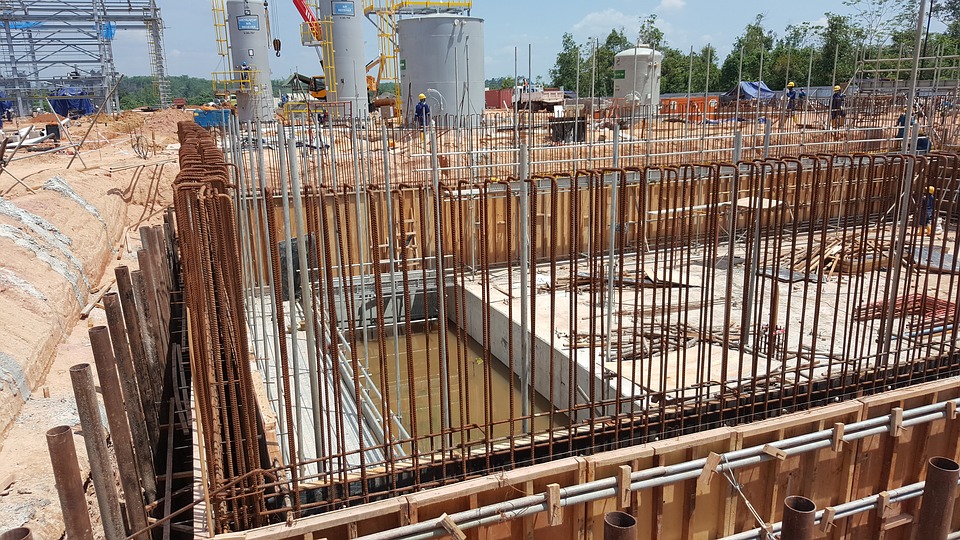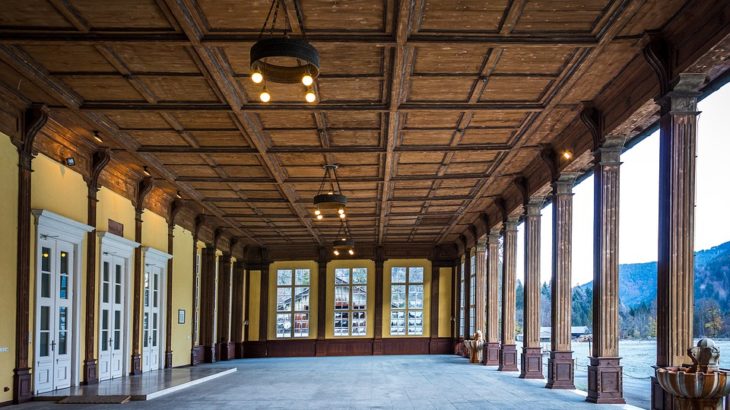What Is Underpinning?
In short, underpinning is installing new, firmer footings or concrete support under a house to put a stop to future movement.
Wall cracks, prominent slopes, or hollowed floors in a house are all signs of a poor home foundation. If things such as the movement, sinking, and compression of the foundation are left unchecked, the home structure will eventually get damaged, which might lead to the demolition of the whole house in some cases.
When repairing the foundation of a house, underpinning is essentially an integral method of ensuring that your home’s structural elements are strengthened and stay in place. For homeowners with cracks in their walls or floors or those who are looking to add an extra storey, underpinning the foundations is imperative.

When Does a House Require an Underpinning?
As you may have guessed, underpinning becomes a must when there is a chance for a significant movement regarding the house’s foundation.
In general, if you notice cracks that are about a quarter of an inch in width, you should have your foundation underpinned. Whether it concerns slab sinking, wall cracks, poured concrete, or whatever else your issue is, underpinning is essential.
For instance, if the supporting walls or supporting pillars recline on a poorly built foundation, movements from the ground will transfer to the whole house, possibly deforming the house and, in the worst scenarios, cause the house to fall apart.
However, not all movements need underpinning. On soils such as clay, your house may be subject to regular movements as the seasons change, and this issue can not easily be fixed with support foundations.
Cases Where Underpinning Is Required:
- If slabs are unequal
- If footings are distorted
- If shifting ground has badly altered the footings
Cases Where Underpinning Is Not Required:
- In reactive soils that can be tackled
Types of Underpinning Techniques
There are several forms of traditional underpinning techniques to assist foundation repair. The methods usually depend on what type of problem is being handled. From brackets and screw piles to full-foundation piled rafts, you can choose from a selection of approaches.
Here are the most common underpinning methods:
Piled Raft Underpinning
The piled raft underpinning technique is mostly used for complex foundational issues. This method is utilized for an entire foundation underpinning. For homes with tremendous deep foundations, and where all other underpinning practices have become useless, piled raft undermining can be considered as a last option.
For this process, specific load-bearing locations in a home’s foundation needs to be situated, and footings below these areas will then be reinforced with needle beams. These beams will, in turn, fortify existing bases, support loads, and prevent movement above.
Pile and Beams
A second relatively standard underpinning method consists of installing piles and beams alongside the foundations beneath structural walls. During this operation, the house’s foundations will be clutched by the new piles and beams to avoid any movement and tilts. Some of the advantages of pile and beam underpinning include its exceptional high load capacity and the decreased surface disturbance.
Screw Piles and Brackets
Screw piles and brackets are one of the most prevailing underpinning techniques for homes with complex issues. Bobcats or small piling rigs are used to dig the new foundations and install the screw piles and brackets.
For the majority of cases, this approach can be quickly and effectively accomplished by a few contractors.
To sum up, underpinning is vital to prevent any long term and unalterable demolition to a home’s structure. If left uncontrolled, foundation movements may cause walls to crack and damage your overall structure. Not to mention that this will also cost you a fortune to repair if ever it’s an option!





















It’s valuable that you point out that underpinning can improve the stability of your home’s foundation. I just purchased a very old home, so I’m considering hiring someone to perform underpinning on the foundation for me. I’m going to search for a good business in my area that offers foundation underpinning services to hire.
My sister has been thinking about getting a more stable foundation. Getting the home underpinned by a professional could be really useful. I liked what you said about the types of techniques for underpinning.
It’s interesting that you mention that underpinning can help prevent your home’s foundation from moving. I want to make sure that my home is structurally stable, so I’m considering hiring someone to perform underpinning on it this month. I’m going to look for a good business in my area that offers residential underpinning services.
It’s good to know that you need to get underpinning done if you notice cracks in your foundation. My husband was telling me last night at dinner about how he noticed cracks in ours, and we were wondering how we should look into getting it fixed. I’ll make sure to pass this information along to him so that we can look into getting underpinning done for our foundation.
Thanks for pointing out that underpinning can strengthen a building’s foundation if it is cracked. I noticed a crack forming in my home’s foundation last week, so I’m thinking about hiring someone to perform underpinning on it soon. I’m going to look for a good provider of underpinning services in my area to use.